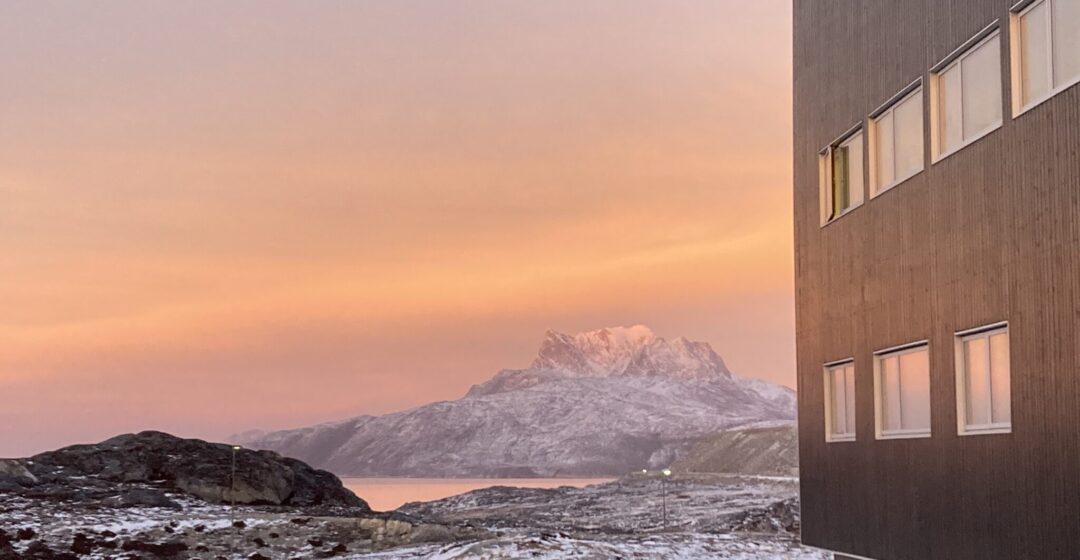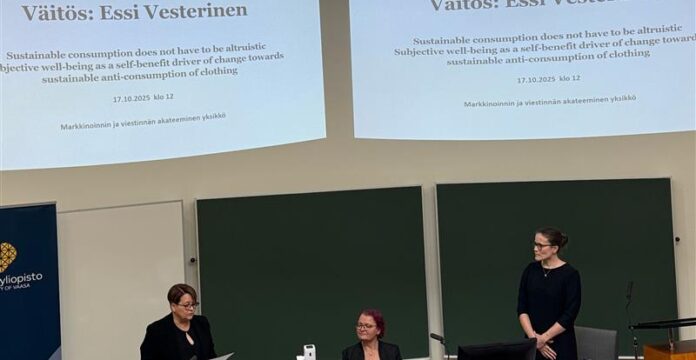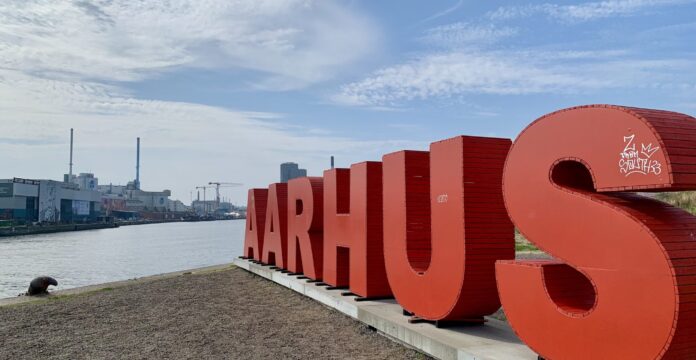The Arctic, long characterized by its extreme cold climate and remote landscapes, is emerging as a fascinating frontier for innovation ecosystems development. In recent years, researchers, politicians and international companies have turned their attention to this vast and unique region to explore the potential for sustainable development and technological advancement. This blog post delves into my research in the Arctic, shedding light on the innovation ecosystems that could shape the future of this cold and vast area.
The Arctic is an extreme, cold area with a fragile nature, but the energy is mostly fossil-fuel based. I think that exploring innovative technologies from renewable energy solutions, to building IT hubs and developing eco-friendly technologies could shape the Arctic’s innovation landscape in the coming future.
My research topic is about the actors’ engagement in innovation ecosystems in the Arctic, and how to develop actors’ engagement strategies for building sustainable innovation ecosystems in the Arctic and the North. I think that the Arctic requires elaboration of a special approach due to its environmental and economic sensibility. In my research, I highlight the importance of collaborative networks and indigenous knowledge in building innovation ecosystems, both in clean energy projects and IT clusters. A key aspect of the Arctic’s innovation ecosystems is the collaboration between scientific communities, policy and indigenous populations. Researchers and politicians need to recognize the value of traditional knowledge held by Arctic communities, integrating it with modern scientific approaches to develop solutions that are culturally sensitive and environmentally sustainable.
The Arctic is experiencing the accelerating impacts of climate change. Research is underway to develop innovative strategies for adapting to these changes and mitigating their effects. This includes technologies for monitoring and predicting environmental shifts, as well as interventions to protect vulnerable ecosystems and species. As the Arctic becomes more accessible, there is a growing need for robust digital infrastructure to support economic activities and research endeavors. Innovations in renewable energy use, satellite communication, data analytics, and remote sensing technologies are essential components of the evolving Arctic innovation ecosystem. Beyond traditional industries, there are opportunities for economic diversification and emerging industries, such as cryotechnologies, biotechnologies, Arctic tourism and IT services. These industries not only contribute to the region’s economic growth but also present new challenges and opportunities for innovations.
The Arctic’s innovation ecosystems are at the forefront of addressing global challenges while respecting the delicate balance of the environment. As the Arctic continues to open up, the collaborative efforts of scientists, indigenous communities, and policymakers will play a pivotal role in shaping a sustainable and prosperous future for this unique part of our planet.
This blog post was written by Ekaterina Sofroneeva, a PhD candidate at the School of Marketing and Communication at the University of Vaasa.




